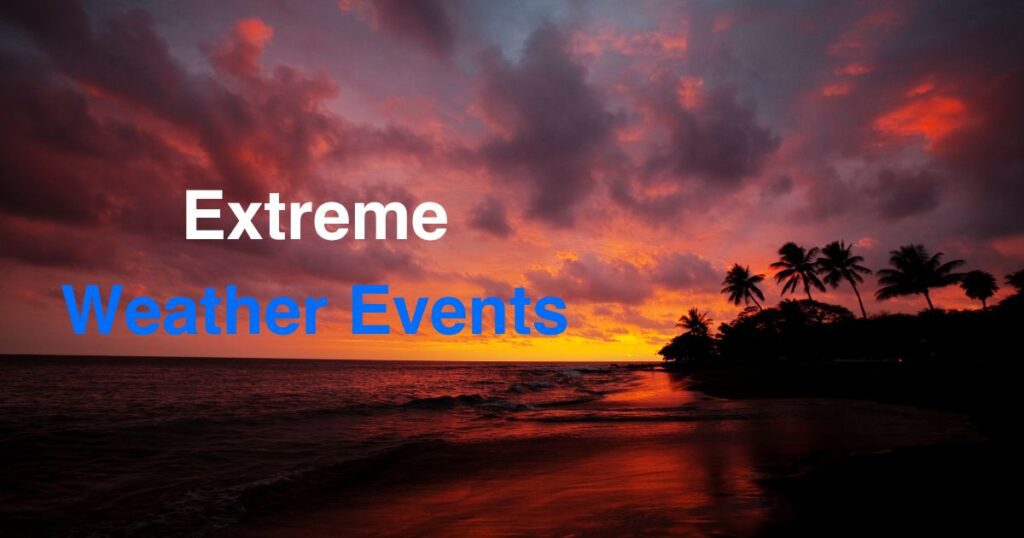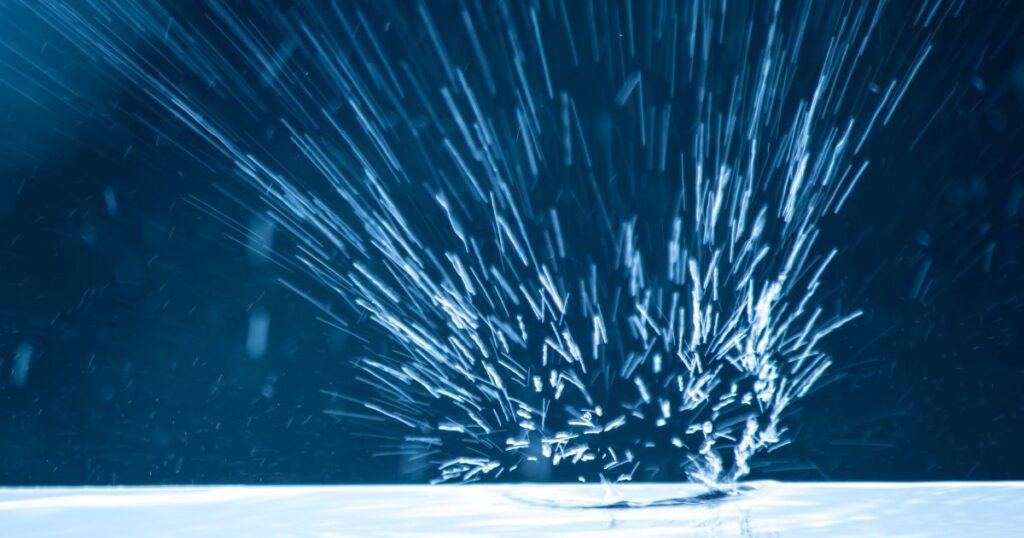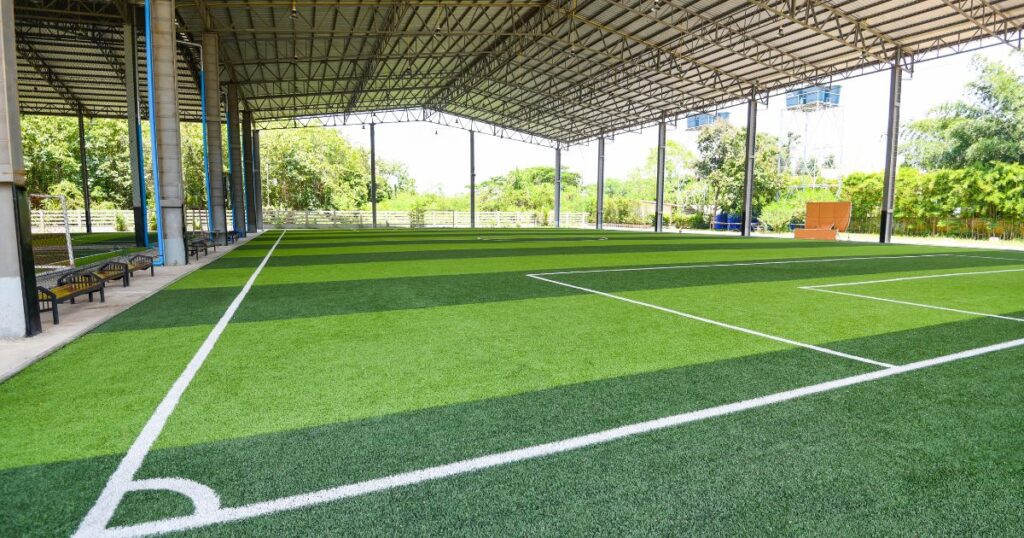Climate change is transforming environments around the world and directly impacting outdoor sports. From rising temperatures and extreme weather to reduced snowpack and poor air quality, the effects of climate change are becoming more apparent. These changes threaten the viability of outdoor athletic activities and access to recreation. Understanding and addressing the impacts of climate change are crucial for protecting the future of outdoor sports.
Warmer Temperatures
Rising temperatures influence both training and competition across outdoor endurance sports. Heat waves create health risks and diminish performance when competing in warmer conditions. High heat requires modifying event logistics, planning shorter distances, or scheduling cool times. In training, athletes adapt workouts to dawn or indoor settings to avoid the midday heat. Warmer winters also reduce opportunities for cold-weather sports like ice climbing or Nordic skiing. Milder temperatures disrupt outdoor sports that rely on cold conditions.
Extreme Weather Events
Climate change has increased the frequency and severity of extreme weather like storms, flooding, and wildfires in many regions. These events directly threaten outdoor sports by damaging infrastructure, restricting access to venues, and creating unsafe conditions. Severe storms have canceled major events from golf tournaments to marathons to the Olympics.

Wildfires have forced the relocation of events in regions like California. Athletes and organizers must increasingly plan for disruptions and adaptability in the face of growing climate volatility.
Declining Snowpack
Winters with less snowfall and faster snowmelt significantly affect snow sports. Lower snowpack requires ski resorts to rely more on artificial snowmaking. However, warmer overall winters reduce opportunities for snowmaking as well. Reduced snowpack shrinks the viable season length for skiing, snowboarding, snowmobiling, and other snow sports. At lower elevations, the impact is even greater with some areas becoming unsuitable for consistent winter recreation. Adaptation like installing higher lifts and slopes is costly, signaling trouble for snow sports.
Water Impacts
Changes in precipitation patterns, reduced water flows, and drought conditions affect water-based sports as well. Insufficient river depths make rafting and kayaking more difficult. Shrinking lakes limit recreation and marina infrastructure. Water shortages can restrict pool and ocean access in drought-stricken regions. Water quality issues like algal blooms also arise with higher water temperatures, affecting swimming, fishing, and other activities. Water sports face escalating constraints as climate change disrupts hydrological patterns and systems.

Poor Air Quality
Worsening air pollution and particulate matter levels pose concerns for human health and performance. Activities like running and cycling become risky when air quality declines due to wildfires, humidity, and ground-level ozone. Even beach volleyball and water sports are impacted by air pollution settling over coastal areas. Poor air prompts warnings to exercise indoors and forces postponement of competitions until conditions improve. These air quality impacts present obstacles for outdoors enthusiasts to safely train and compete.
Conclusion:
Adapting outdoor sports to the realities of climate change is crucial for the future. Organizations, communities, and athletes will need to find innovative ways to protect their sports by reducing local environmental impacts and increasing climate resilience. Through preparation, collaboration, and advocacy for climate solutions, the vitality of outdoor athletics can be preserved.

Frequently Asked Questions about Climate Change and Outdoor Sports
How will sea level rise impact outdoor recreation?
Sea level rise causes erosion and flooding of coastlines, shrinking beaches. It also threatens coastal recreation infrastructure for activities like surfing, boating, triathlons, and fishing.
Which winter Olympic sports face the biggest threat from climate change?
Alpine skiing, freestyle skiing, biathlon, and ski jumping rely heavily on certain snow conditions, putting them at high risk as winters warm.
How can trail sports adapt to climate change?
Adopting sustainable building and erosion control, rerouting or seasonally closing high-risk trails, and educating on low-impact use are adaptive strategies.
How will climate issues like wildfires affect sports tourism?
Cancelations due to disasters reduce travel. But excess demand could strain remaining accessible destinations. Sustainable tourism practices are needed.
Can sports fields be made more climate resilient?
Yes, through drought-tolerant turf, efficient irrigation, artificial turf options, and stormwater management planning for extreme precipitation.
How can athletes train responsibly to minimize climate impact?
Choosing lower-carbon transportation like biking or public transit helps. Efficient gear, plant-based nutrition, and clean energy for facilities also reduce footprints.




